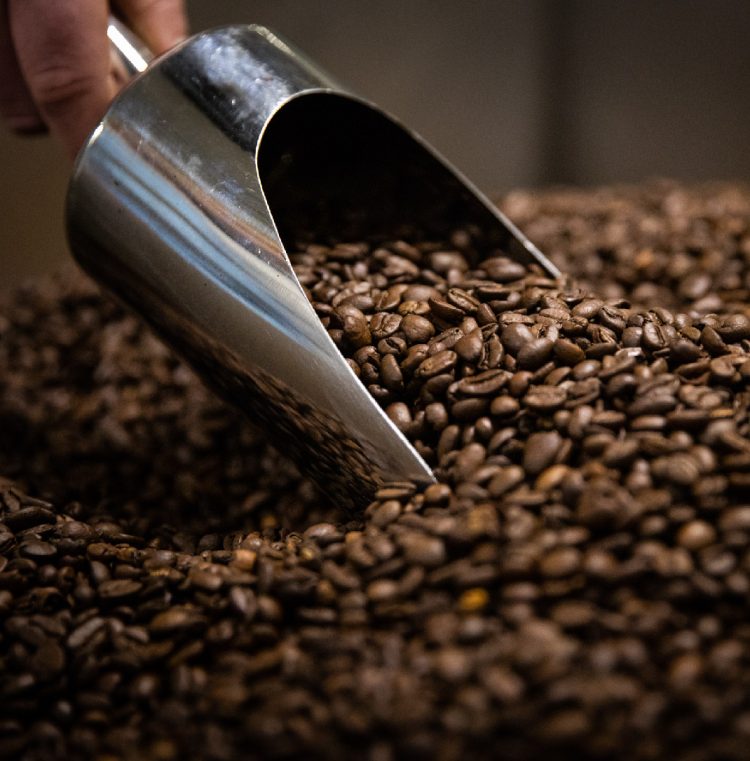Coffee Market Update: Why Prices Are Still High—and Still Risky
8 August 2025
You might’ve heard that coffee prices are coming down. That’s true—but only on the surface.
Today, the NY market sits around 295 cents per pound. That’s a big drop from the peak. But it’s still almost double the 150c/lb we saw just two years ago. The market has been trading upwards of 300c/lb since Dec 2024 – one of the longest bull runs in coffee’s trading history. And behind these headline figures lie a volatile, risky market—one that’s shaped by politics, climate, and shifting behaviours at origin.
Here’s what’s really going on:
Sellers at origin are holding back
Farmers and exporters aren’t locking in prices like they used to. With markets still historically high, many are choosing to wait—or hold out for more. That uncertainty makes it harder to secure coffee at stable prices. So, this means even when the NY market falls, it does not guarantee we can buy coffee at that price.
Additionally, the market price is only one factor in a coffee price – the rest is comprised of a quality premium (often called a “differential”) and costs for shipping and logistics. What often happens is that when the NY market falls, the differential increases to compensate for the lower market value. This price is usually set by the producer/exporter.
This means that although the NY market may look lower, the actual price paid can end up being very similar to when the market is trading at a higher level.
Politics are in the mix
From Trump-era tariffs to shifting global trade deals, coffee is caught in wider geopolitical crosswinds. Any change in trade policy can affect cost, access, and logistics overnight.
Geopolitics has been affecting global supply chains since the Russian invasion of Ukraine in 2022 saw a soar in fertiliser prices. Then, the 2023 Red Sea crisis in the Middle East led to all ships from East Africa and Asia diverting around the Cape of Good Hope, which is still causing logistical challenges, backlogs and higher container prices. And now, Trump’s global tariffs are causing continued, unprecedented volatility to all markets, including the coffee market. Currently, the tariffs do not exclude agricultural products. If Trump goes ahead with his proposed 50% tariff on Brazilian coffee imports, this could significantly change the global flow of coffee.
Climate risk is real
In 2021, a frost in Brazil wiped out a huge chunk of the crop. Last year, Brazil also suffered significant droughts and Vietnam saw typhoons and flooding, both of which helped trigger the Dec 2024 price spike. Weather events like this—unpredictable and severe—are becoming more common, and they hit the coffee belt hardest.
There is significant physical risk for the farmers at origin also, you can take a look at our recent trip to Colombia to see the effect landslides had on available farming land. If weather events continue to reduce available farming land, you get reduced supply and hence a higher price.
So what can we do about coffee price uncertainty?
There’s no way to remove risk entirely. But we can manage it responsibly. We use forward contracts to book ahead of the harvests to ensure we do not have to make short term decisions or accept lower qualities. This approach ensures steady supplies of quality coffee are always available – so the risk to your business is less.
At Ringtons, that means sticking with fair prices and long-term relationships—even when markets are shaky. It means paying what it takes to improve standards across the supply chain, not just when the market is cheap. Because supporting producers today is the only way we’ll have quality coffee tomorrow.
If you’re still wondering about options for your business, please get in touch with us or your account manager directly and they’ll be more than happy to help.
Contact our friendly team
If you have any questions or want to talk through what this means for your business, we’re here.
